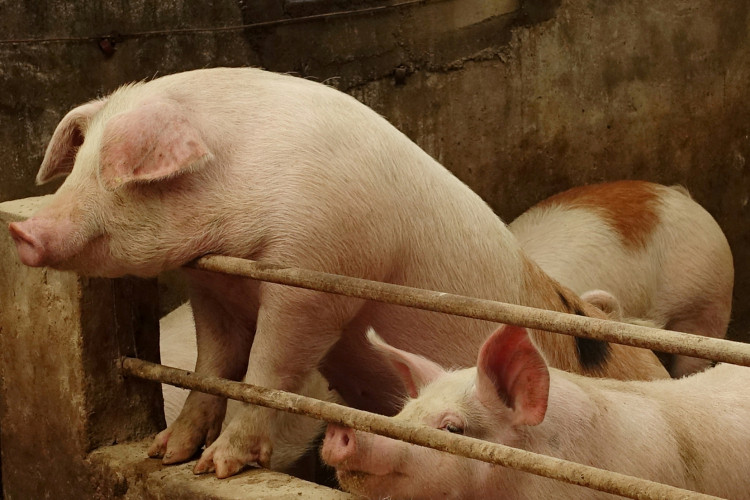Industry analysts have predicted that China's pork sector will continue to suffer through shortages and unprecedented price hikes until next year, despite good progress in containing the deadly African swine fever (ASF) that hit the industry in mid-2018.
According to the South China Morning Post, some industry analysts believe the downtrend will continue after the the first half of 2020, with some experts noting that the recovery stage will take a couple of months before stability is achieved.
Senior analyst for Rabobank's animal protein unit, Pan Chenjun, noted that hog inventory will most likely not see a "steady increase" until sometime mid-2020. Pan's comments came despite a 0.6 percent increase in the national inventory of sow-breeding in October.
Rabobank further predicted that it might take up to five years before China achieves the same level of inventory and pork production that it delivered before the flu kicked in.
For Yang Zhenhai, director of the animal husbandry and veterinary bureau at China's Ministry of Agriculture and Rural Affairs, the downtrend in pig production has started to bottom out. He said the government's efforts in ensuring the continuous supply of live swine into the country has helped improve the numbers.
As estimated 40 percent of the country's overall hog population is believed to have been wiped out due to the swine fever and so far, the production recovery numbers have not reached reasonable figures.
Consumers have also been suffering from increasing pork prices, with an over 120 percent increase in the past six months. This week, hog prices have hit 33 yuan per kilogram as the government continues to find ways to supply demand.
As part of the efforts to contain pork prices, China increased its pork imports by over 40 percent. During the first nine months of this year, the country already imported 1.32 million tons of the product.
Over the weekend, multiple outlets reported that the Chinese market doubled its pork imports in October as it was revealed that some wholesalers stocked up on the product's supply.
According to Reuters, the month's overall pork imports reached 177,426 tons. The number exceeded September's records of 161,836 tons. The Chinese General Administration of Customs further revealed for the first 10 months of In 2019, pork imports hit 1.5 million tons.
So far, China has recorded a 49.4 percent increase in pork imports for the January to October period year-on-year. This week, the country received its first Italian pork cargo and is waiting for the Argentinian delivery to arrive.
Unsurprisingly, beef imports have also increased over the past few months, with October arrivals reaching 150,829 tons. The plant-based the meat industry is also another beneficiary as some Chinese consumers find ways to suffice their pork-loving palates.






